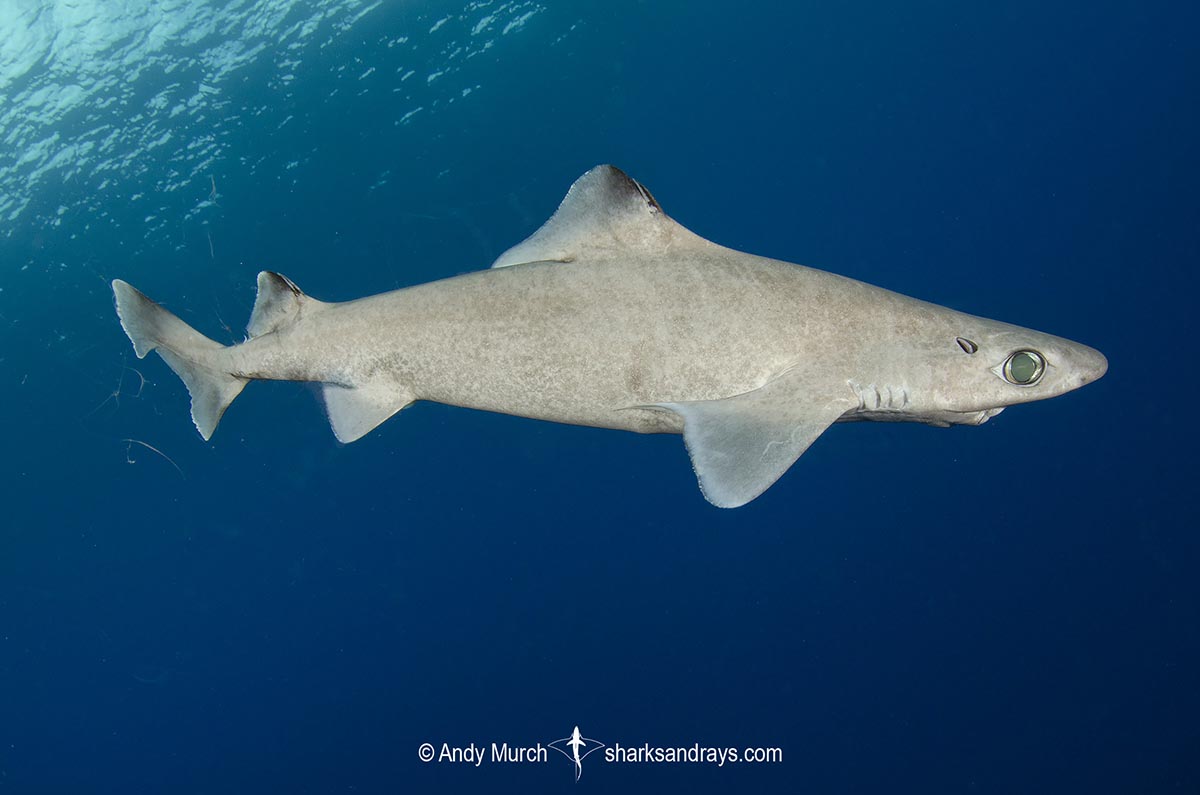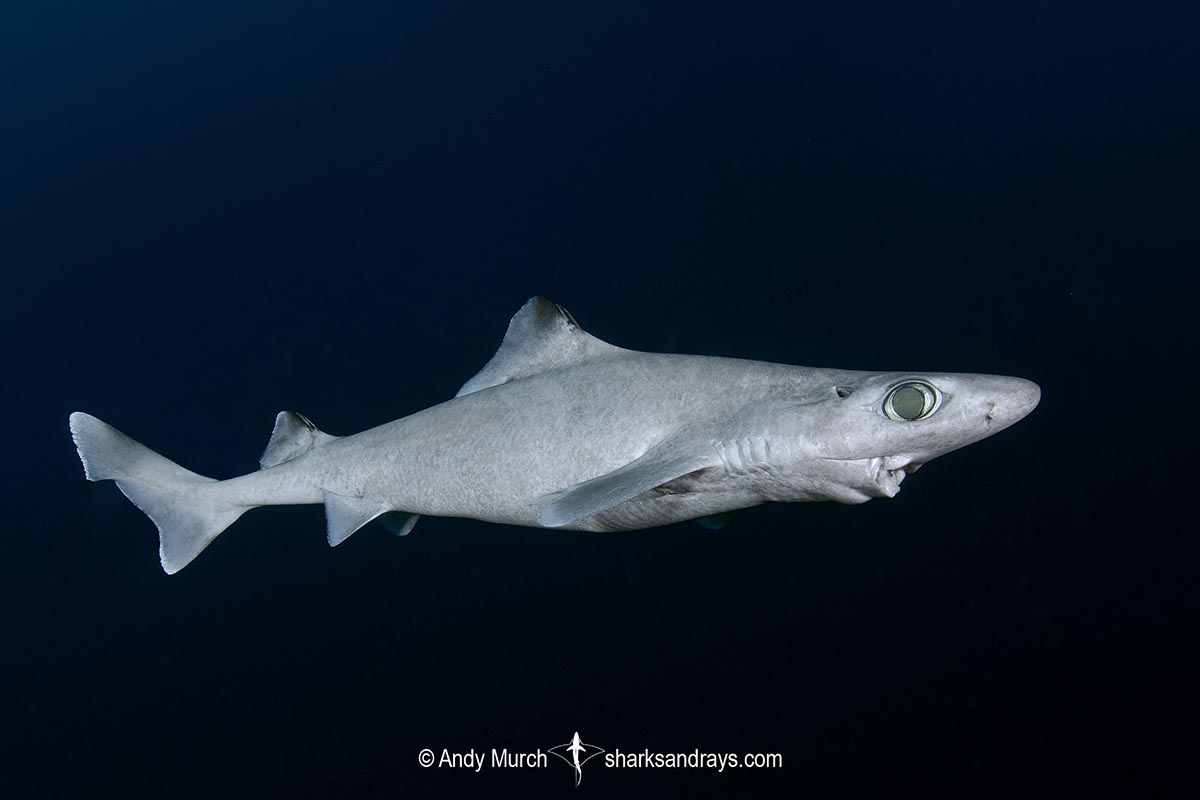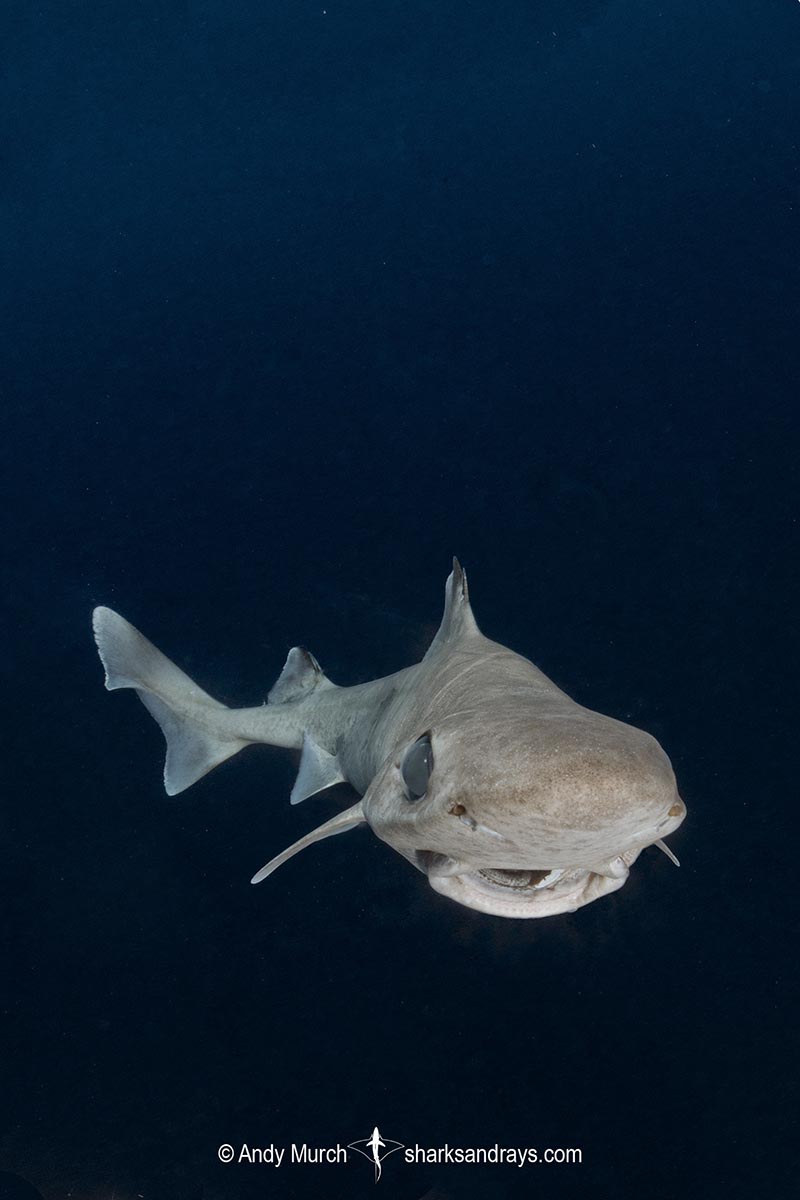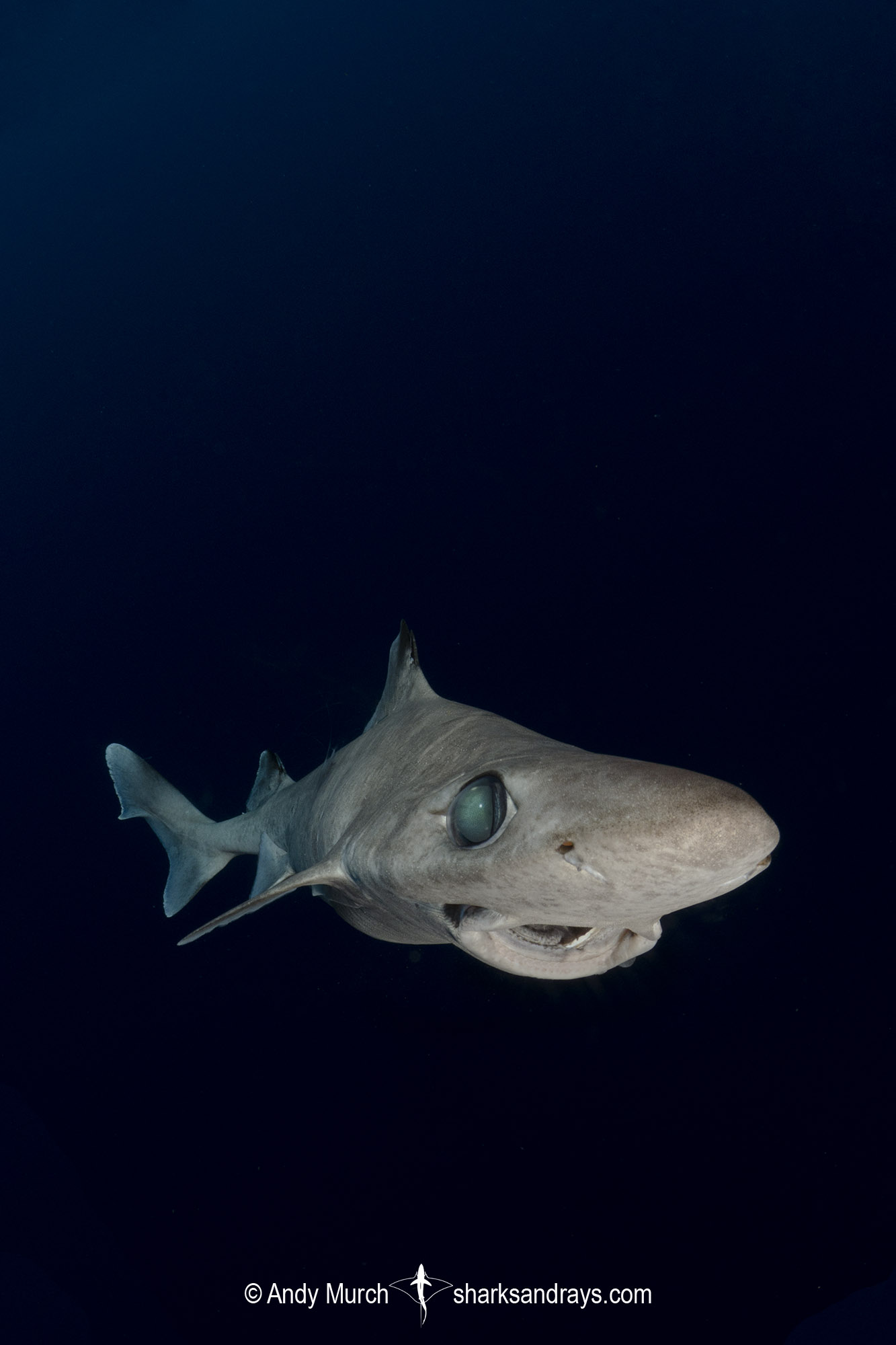Common names
Blackfin Gulper Shark.
Binomial
Centrophorus isodon.
Synonyms
Pseudocentrophorus isodon.
Identification
A small shark with a long, pointed snout, and large green-reflective eyes. Snout length almost 2x mouth width. Small, spiracle behind eye. Dorsal fins long and low, with anterior fin spines that are half the length of the dorsal anterior margin. First dorsal fin origin midway between pectoral fin insertion and free rear tip. Second dorsal origin slightly posterior to pelvic fin insertion. Pectoral fin free rear tip very long and thin.
Dorsal coloration grey to brownish grey. Ventrum slightly paler than dorsum. Dorsal fins dusky with black tips, darkest on the anterior half of the tip. Fin spines may also appear blackish. Thin, white or pale posterior margin on dorsal fins and caudal fin, and to a lesser degree on all fins.
Size
Maximum recorded length 108cm. Size at birth 31-35cm.
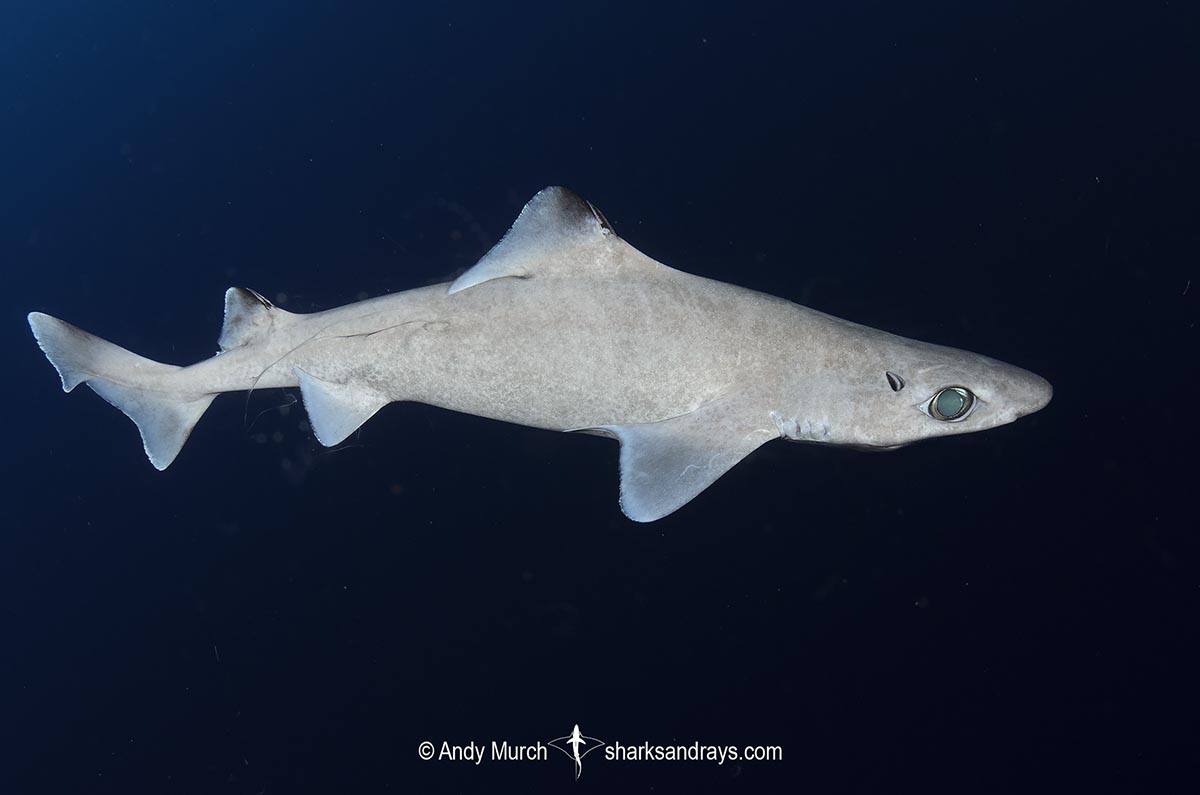
Conservation Status
ENDANGERED
The blackfin gulper shark is targeted and taken as bycatch in trawl, longline, and hook-and-line fisheries, where it is retained for its meat, fins, liver oil, and fish meal.
In Taiwan, it is a bycatch of deep-water trawl fisheries that operate at depths of 300–700 m.
Blackfin Gulper Sharks are rarely caught in China because fisheries operate to a maximum depth of 300 m.
In Indonesia, this species is caught on deepwater longlines that operate down to 600m.
In the Philippines, deep-water dogfish are targeted for their liver oil. The Blackfin Gulper Shark is probably one of the species captured.
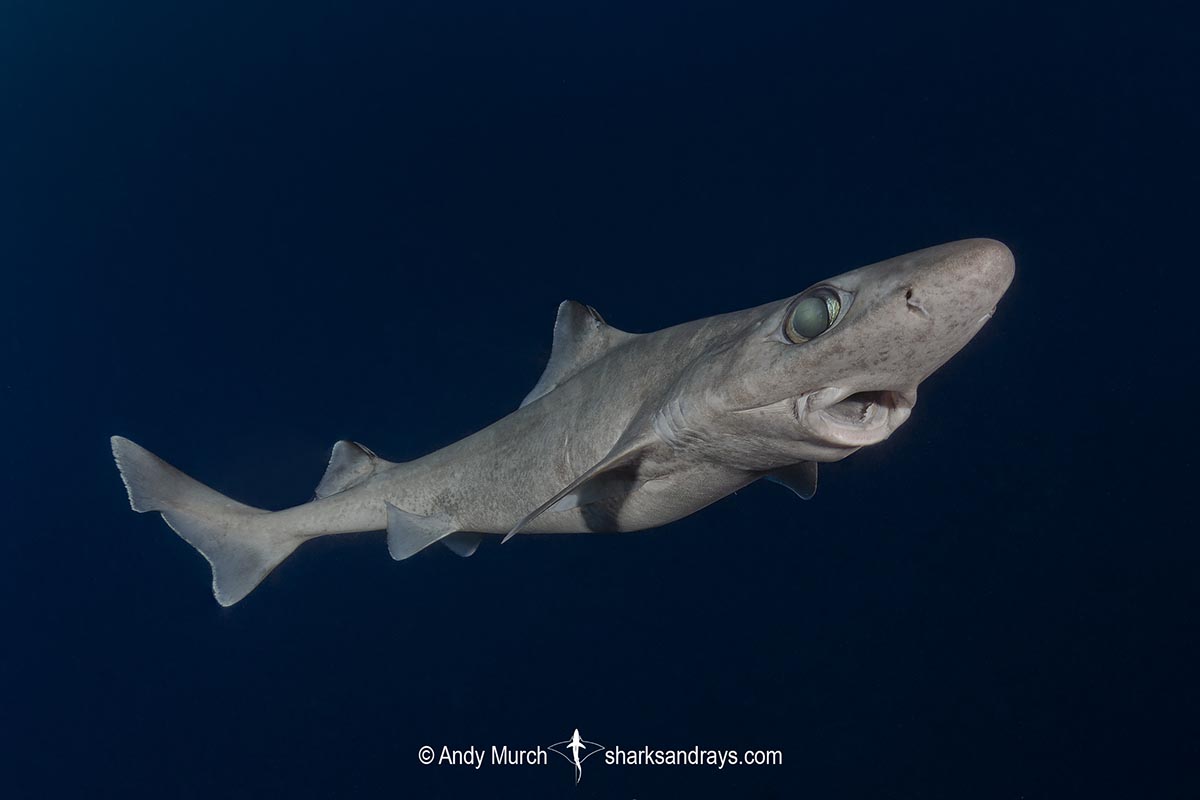
Habitat
A deepwater species of the continental slope. From 435-770m
Distribution
The blackfin gulper shark appears to be a wide ranging species but further research may lead to one or more regional splits. Eastern Atlantic – France to West and possibly South Africa (including the Mediterranean Sea). Western Atlantic – Gulf of Mexico to northern South America. Indian Ocean – Madagascar, Sudan and Western Australia. And Western Pacific south of Japan. Not recorded in the Eastern Pacific.
Reproduction
An aplacental viviparous species (without a yolk-sac placenta). Litter size unknown.
Diet
Blackfin gulper sharks feed on bony fishes and cephalopods.
Gulper sharks have highly distensible mouths that allow them to consume proportionately larger pray than other sharks of their size.
Behavior
Unknown. May form aggregations like other gulper species.
Reaction to divers
Not encountered by divers.
Diving logistics
Not encountered by divers.
What’s new
View our full list of updates
Similar species
Other Gulper Sharks There are at least 14 species of gulper sharks, many of which look very similar. The distribution of many species is poorly understood. Therefore, positive identification is best achieved by DNA Analysis and close examination of tooth and dermal denticle shape.

